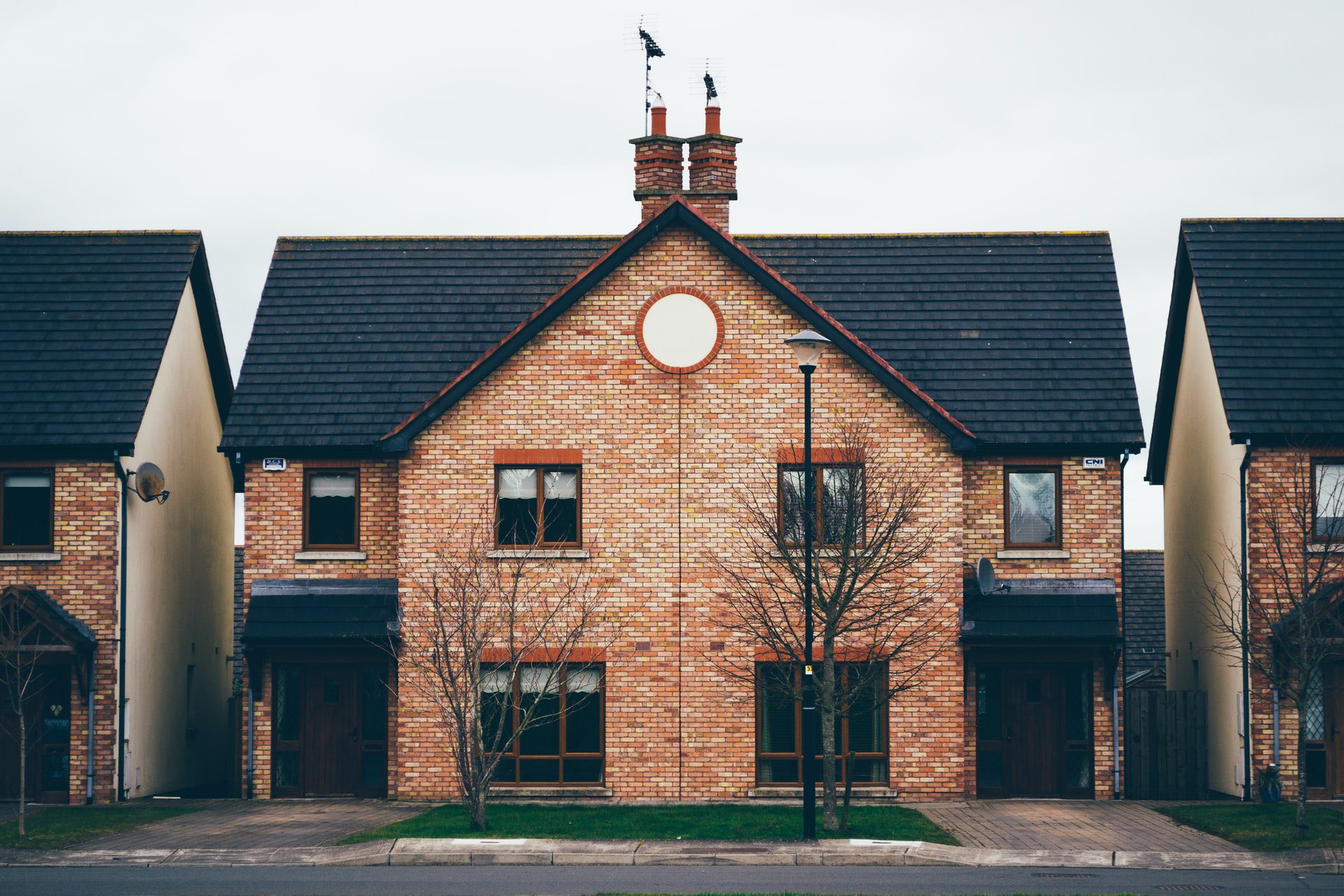
Buy to Let Property taxes can be complex and amongst all of the other things that landlords need to consider, such as finding suitable tenants and ensuring the property meets all the necessary standards, it’s easy to forget about tax.
The following are the key points you need to know about your Buy to Let property taxes.
Stamp duty
When you purchase land or a property you will likely pay stamp duty land tax (SDLT) in England, Land and Buildings Transaction Tax (LBTT) in Scotland or Land Transaction Tax (LTT) in Wales.
The rate you pay will depend on the price you pay for the property, excluding any carpets, curtains and free-standing furniture etc. at the market value (the amount that you would pay for these on the open market and not an artificially constructed value).
From 1 April 2016, the rate of stamp duty was increased by 3% on second properties which may be a second home or a buy to let property.
Companies also pay SDLT on all property purchases.
Do your research before making high risk investments.
Income Tax
Individual landlords used to be able to claim all of the mortgage interest as a deductible cost against residential property income to help reduce their Buy to Let Property taxes.
However, this is no longer the case due to the Finance Act 2015 coming fully into force in the tax year 2020–21 onwards.
You now have to pay income tax on all rental income after allowable expenses have been deducted (see below).
Landlords can deduct certain expenses from their rental income to reduce their tax bill.
Residential landlords can typically claim as expenses:
- Buildings insurance, Light, heat, cleaning, gardening.
- Security, rent & ground rent, service charges, council tax while vacant
- Repairs and maintenance (not improvements which are claimed against capital gains tax)
- Replacements, redecorating, small tools
- Legal e.g., preparation of rental contracts (legal costs on purchase and sale are claimed against capital gains tax, profit and loss on obtaining finance is not allowed as a finance cost)
- Accountancy fees, Debt collection fees, Letting agents’ fees
Repairs or improvements?
Repairs and improvements are usually both allowable costs.
Though it is an important distinction as tax relief is claimed in one of two ways depending on whether building work is repairing or replacing pre-existing materials or whether it is an improvement.
Repairs and maintenance costs can be deducted to reduce your income tax and usually include:
- Painting and decorating-pointing existing brickwork
- Damp or rot treatment, repairs to existing equipment, windows, doors, etc.
- Replacing a roof
- Like for Like replacements (example, if you replace a garden shed worth £500 with one worth £1000, you can only claim income tax relief on £500 – the value of the shed you have replaced.)
Sometimes it is hard to tell if an item is a replacement or an improvement so, if you’re unsure, do take tax advice.
Furniture and fittings.
Since 6 April 2016, it is only possible to claim the actual cost of repairing or replacing these items. This means that you should keep your receipts etc. There is no longer a 10% wear and tear allowance on furnishings and appliances.
Capital gains tax
When the time comes to sell, hopefully your property will have increased in value. Unlike selling your main home, this increase in value is taxable as a capital gain.
The good news is that you can claim the costs of purchasing, selling and improving the property, to help reduce Buy to Let property taxes.
If the property was your main residence at any time, you may be eligible for letting relief, which is complex, and your best option is to seek advice from a tax adviser.
You also have an annual capital gains allowance for each individual owner (currently £12,570) to offset net gains/losses in the year of disposal.
Everything above this allowance is currently taxed at 18% or 28% for residential property depending on your normal income tax rate.
Owning as a Ltd Company
VAT (Value Added Tax) and Making Tax Digital (MTD)
New legislation was introduced in April 2022 which means any VAT registered businesses with turnover below £85,000 must now file their VAT return digitally which means using special accounting software.
If you decide to use a limited company to hold your property portfolio, you will pay tax on profits as corporation tax.
The standard rate is currently 19% on all profits. The standard rate of corporation tax will increase from April 2023 to 25% (for those companies with profits in excess of £250,000)
PAYE & NIC
You will potentially have to pay further tax/NIC when you want to take the profits out of the company as salary (PAYE/National Insurance) or dividends (dividend tax). From April 2022, the NIC rate was increased by 1.25%.
Companies can claim tax relief in full for the costs of finance (such as mortgage interest) and there can be tax relief for capital assets employed in the business such as vehicles, office furniture and equipment etc. in the form of capital allowances.
Using a limited company may give you opportunities for tax planning but there will also be higher ongoing administration and accountancy costs.
If you are thinking of using a limited company or a trust, then it is worth taking professional advice.
Be aware that according to your situation, other taxes may apply and there are special rules for non-UK residents.
The above is correct at the time of publication, and we recommend landlords consult an accountant or tax adviser about their personal situation.
